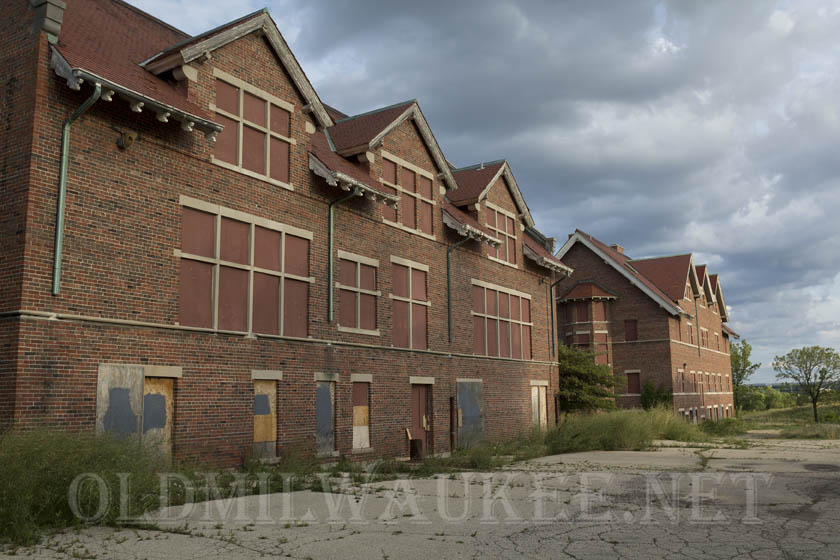In 1911 a group of buildings was built on 206 acres of land to house the Milwaukee County School of Agriculture. These are now known as the “Eschweiler Buildings” and are part of a controversy about saving solid historic buildings to incorporate them in the UWM Foundation’s Innovation Campus. The School of Agriculture lasted from 1912 until 1928 when development in the county was encroaching on much of its farmland.
There were also arguments about the waste of resources in running such a school from the very start. A report was written by the Taxpayer’s League in 1916 which highlighted inefficiencies and failings of the school.
But there was still enough good press and good intentions to keep it running after that report was released. The following article was written in the Milwaukee Journal of May 3, 1925 and tells many details about the school to try and keep a high enrollment. It was a unique institution across the state and its likes could be very useful to build an interest in self-sufficiency even today. The buildings have a county landmark designation from 1978.
Milwaukee School Farm is Largest
Instruction in agriculture and domestic economy without tuition cost to residents of the county is provided for by the Milwaukee County School of Agriculture and Domestic Economy, maintained by Milwaukee County. Four large and well equipped buildings are located about a mile and a half west of the city of Wauwatosa, adjacent to other county institutions.
The school farm includes nearly 1,100 acres; the largest secondary school farm in the United States. This land is used to demonstrate to students the solution of practical farm problems. Eighty-five acres are devoted to fruit growing and truck farming. Eight greenhouses are used. There are six dairy barns, the school owning a dairy herd of about 250 head of cattle of the leading dairy breeds. The swine herd numbers 400 pigs, a small flock a pure bred Hampshire sheep is kept in large flocks of poultry of the leading varieties. Thirty-eight horses are used.
Four-year and two-year courses in agriculture are given, a one year course for high school graduates and a short course during the winter. Four-year and two-year courses in domestic economy are given. The courses in agriculture include animal husbandry, agronomy, entomology, poultry and academic work similar to that in regular high schools. The domestic economy course includes sewing, cooking and food study, physiology and personal hygiene, drawing and house planning, laundering, dietetics and meal planning, millinery and art needlework, child welfare and home nursing, household management, textiles, selection of dress, home decoration and furnishing.
The school also is headquarters for boy and girl club work in Milwaukee County and holds many conferences, institutes and meetings of farmers and different organizations interested in agricultural work. The faculty of 12 members is headed by T. H. Campion, superintendent.
